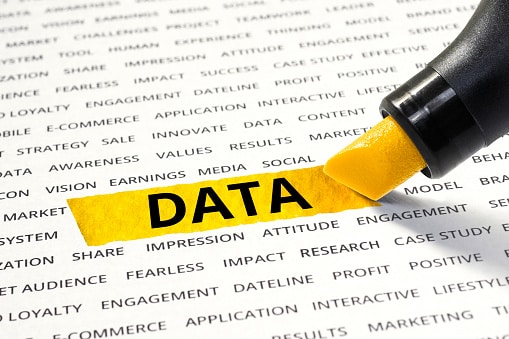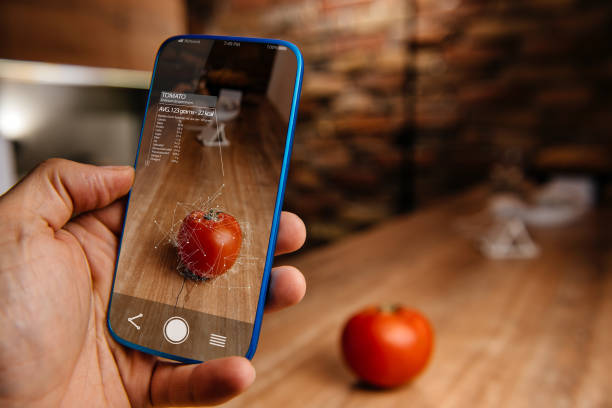3D printing, also known as additive manufacturing, is a process of creating three-dimensional objects by layering material on top of each other. It involves the use of a 3D printer, which takes a digital design and creates a physical object by depositing successive layers of material until the final shape is achieved.
The process of 3D printing typically begins with a digital 3D model, which is created using computer-aided design (CAD) software. This model is then sliced into thin layers, and the 3D printer reads the digital instructions and builds the object layer by layer using a variety of materials such as plastics, metals, ceramics, or even food.
There are several different types of 3D printing technologies, including fused deposition modeling (FDM), stereolithography (SLA), selective laser sintering (SLS), and digital light processing (DLP). Each of these technologies has its own unique advantages and disadvantages, and the choice of which to use depends on the specific application and the desired properties of the final product.
3D printing has many applications, including rapid prototyping, product design, architecture, healthcare, and aerospace. It has also become increasingly popular in the hobbyist and maker communities, as affordable 3D printers have become more widely available.
Overall, 3D printing has the potential to revolutionize the manufacturing industry, allowing for faster, more efficient, and more customizable production of a wide range of objects.
Types of 3D Printing Technologies:
- Fused Deposition Modeling (FDM): This is the most widely used 3D printing technology. It involves the melting and extruding of thermoplastic material through a nozzle to create the object layer by layer.
- Stereolithography (SLA): SLA uses a laser to solidify a liquid resin material. The laser is directed onto the surface of the resin, causing it to harden and form a layer of the object.
- Selective Laser Sintering (SLS): SLS uses a laser to selectively melt layers of powdered material, usually a polymer or metal, to form the object.
- Digital Light Processing (DLP): DLP uses a projector to shine a patterned light onto a liquid resin material, causing it to harden and form a layer of the object.
Advantages of 3D Printing:
- Speed and Efficiency: 3D printing allows for rapid production of complex objects without the need for traditional manufacturing methods, such as molding or machining.
- Customization: 3D printing can create objects with intricate shapes and features that cannot be easily produced using traditional methods. This allows for greater customization and personalization of products.
- Reduced Waste: Traditional manufacturing methods often result in a significant amount of waste material. With 3D printing, only the exact amount of material needed to create the object is used, reducing waste and lowering costs.
- Accessibility: The availability of affordable 3D printers has made the technology more accessible to a wider range of people, from hobbyists and makers to small businesses.
Applications of 3D Printing:
- Rapid Prototyping: 3D printing allows for the rapid production of prototypes, enabling designers to quickly test and refine their designs before committing to mass production.
- Product Design: 3D printing can be used to create unique and intricate designs for a wide range of products, from jewelry to furniture.
- Healthcare: 3D printing has been used in healthcare for the production of customized prosthetics, implants, and surgical tools.
- Aerospace: 3D printing has been used in the aerospace industry to create lightweight and complex parts for aircraft and spacecraft.
Limitations of 3D Printing:
- Material Limitations: While there are a variety of materials that can be used for 3D printing, the range is still limited compared to traditional manufacturing methods.
- Size Limitations: 3D printers are limited in the size of objects they can produce. Large objects may need to be printed in smaller pieces and assembled later.
- Surface Quality: 3D printing can result in rough surfaces and visible layer lines, which may require additional post-processing to achieve a smooth finish.
- Cost: While the cost of 3D printers has decreased over time, they can still be expensive, especially for high-end models. Additionally, the cost of materials can also be significant.







